Ocean Renewable Energy Technology Roundup
Article By : Cabe Atwell
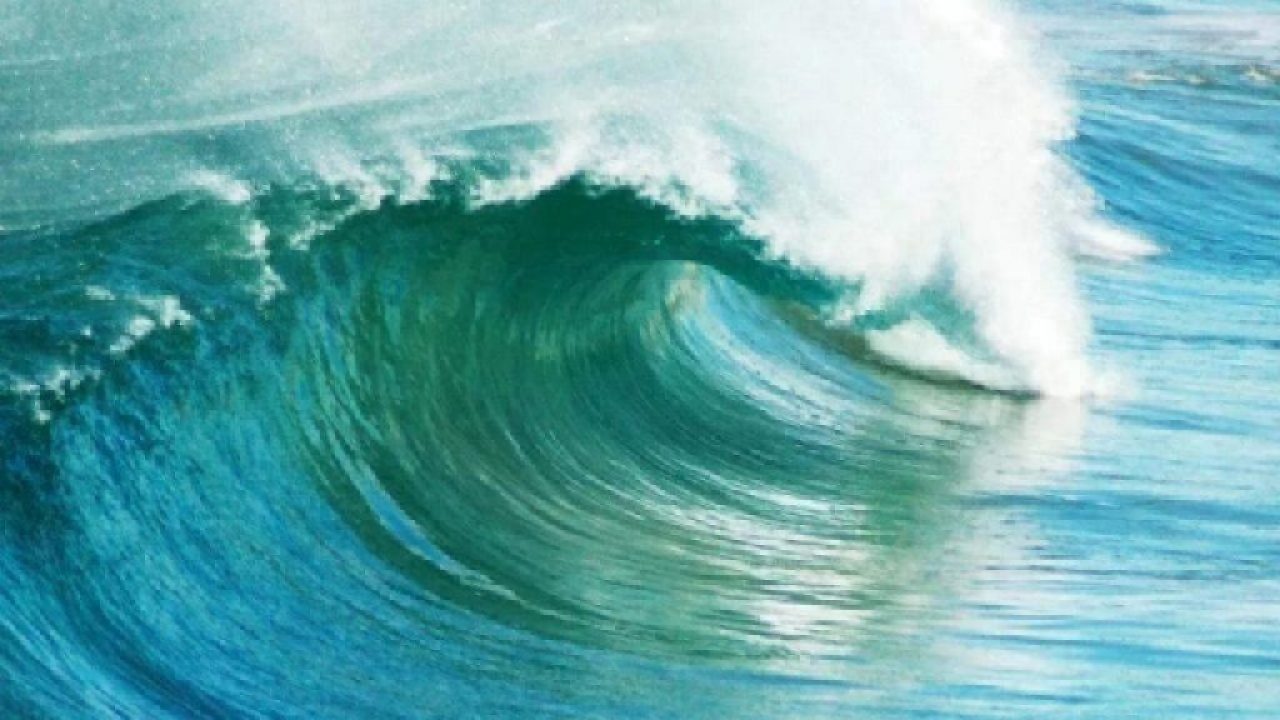
When it comes to sources for renewable energy, tidal flow and moving waters are more predictable than sunshine or wind. Technological developments are opening new doors in harnessing that energy...
A lot of attention in alternative energy solutions focuses on land-based technologies, such as solar, wind, and geothermal, however harnessing the power of water has been increasing over the last few decades. Energy companies and startups are harnessing tidal power as a significant source of energy, but by and large, it has remained an untapped resource. Many of the companies involved in harvesting energy from water are in the early stages of project development, meaning there aren’t any large-scale ocean, lake, or river-based systems currently in place.
That said, tidal flow and moving waters are more predictable than sunshine or wind, and many recent technological developments and improvements in turbines and other projects have opened up new doors in harnessing that energy. In this roundup, we will take a look at some of the innovative ways companies are tapping into the power of water.
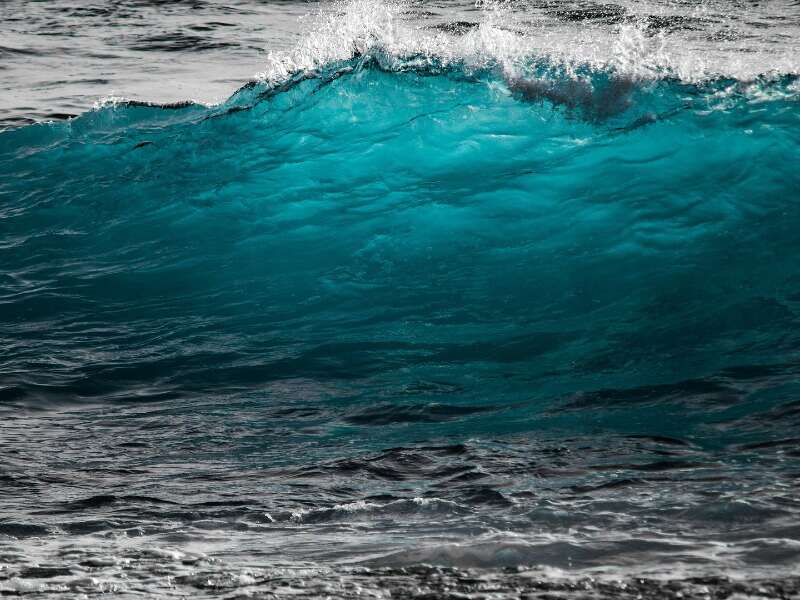
Energy companies and startups are harnessing tidal power as a significant source of energy.(Source: Pixabay)
Minesto’s Deep Green Ocean Energy Power Plant
Imagine outfitting a kite with a water turbine and dropping it into an ocean current and you get the idea behind Minesto’s Deep Green Power Plant, which uses ocean currents to generate power. Deep Green works by anchoring the airplane-like kite to the ocean floor, where underwater currents create hydrodynamic lift forces, pushing the kite upwards.
The kite is steered in a figure 8-shape trajectory by its rudder, which increases its speed several times over, and while doing so, water flows through the turbine, producing electricity in a generator. That energy is transmitted through a cable alongside the underwater tether along the seabed to a grid onshore. Each Deep Green DG500 Power Plant is capable of producing 0.5 MW of power with a current velocity of 1.2 to 2.4 m/s.
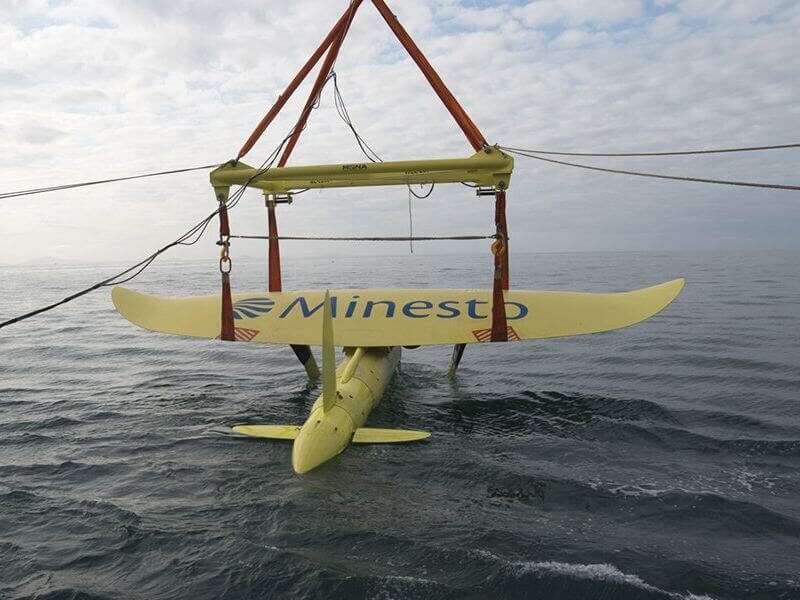
Ocean currents generate power to produce electricity in a generator.(Source: Minesto)
Makai Ocean Engineering’s OTEC Power Plant
Oahu-based Makai Ocean Engineering has designed a power plant that harnesses energy from the ocean using OTEC (Ocean Thermal Energy Conversion) technology, which takes advantage of the temperature differences of deep cold ocean water and the warmer surface. The power plant is deployed offshore and is outfitted with a warm-water intake near the surface, a mixed-water return further down, and a cold-water intake near the bottom of the ocean.
The plant works by using a seawater/ammonia mix at the surface where it’s evaporated and turned to steam, driving an electrical generator. The lower pressure vapor then leaves the generator to a cold-water condenser connected to a flow of deep cold seawater, turning it back into liquid ammonia and pumped to the evaporator to repeat the cycle. An electrical cable transfers the energy generated to a shore-based station tied to the grid. Makai’s OTEC plants are capable of pushing 100 kW, but they are looking to upgrade the platform to produce 100 MW.
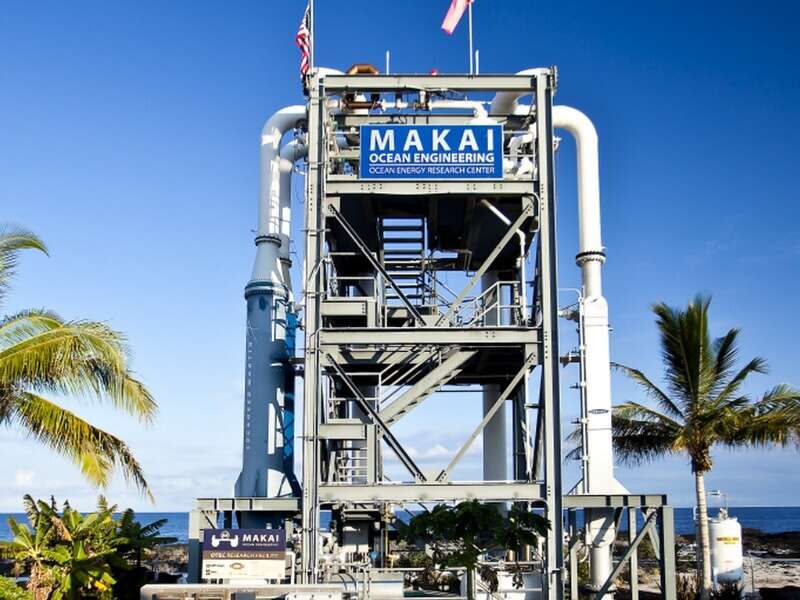
Energy companies and startups are harnessing tidal power as a significant source of energy.(Source: Makai Ocean Engineering)
AquaHarmonics’ Wave-Energy Device
Ocean-energy startup AquaHarmonics, founded by Alex Hagmuller and Max Ginsburg from the Oregon State University College of Engineering, has been developing a wave energy device that converts the motion of water to energy. Their design is based on a point absorber and features a surface-floating buoy attached to the seabed using a pre-tensioned cable. The cable is connected to a horizontal drum, and as the float is moved through the wave motion, the rotation of the drum (relative to the buoy) engages a generator, and thus creates power.
While it may sound like a simple design, AquaHarmonics scored millions in funding from the DOE, and has collaborated with Sandia National Laboratories to produce a large-scale version of the device for field testing.
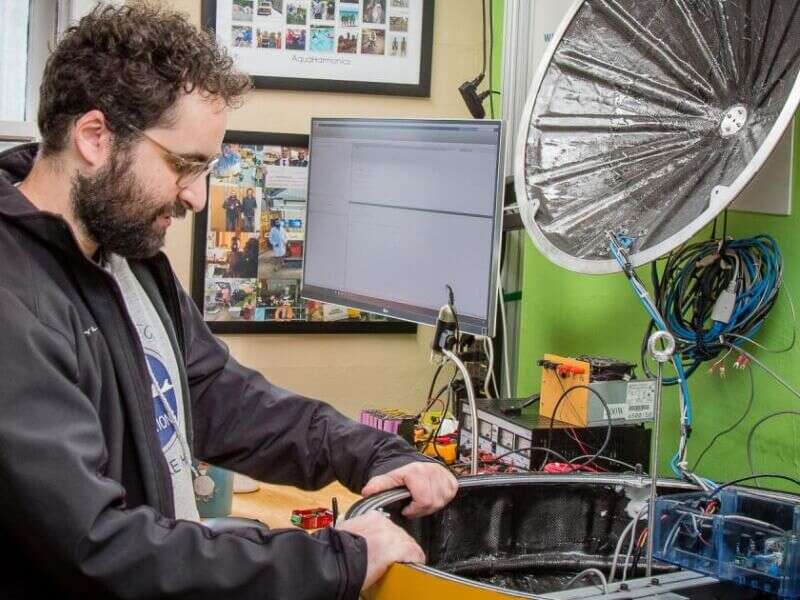
A wave energy device that converts the motions of water to energy.(Source: College of Engineering at Oregon State University)
IMEC Atlantis Energy Builds World’s Largest Tidal-Stream Array
Singapore-based SIMEC Atlantis Energy has built the world’s most extensive tidal-stream array off the northern coast of Scotland in the Pentland Firth straight. The MeyGen project exported 21 GWh (gigawatt hours) of energy to the country’s grid, which is enough electricity to power 2,200 homes annually. SIMEC accomplished the feat using four massive Lockheed Martin AR1500 turbines, which feature a 1.5 MW horizontal axis turbine with active pitch and yaw capabilities. The full turbine weighs 150 tons, has a 20-meter rotor, and a 25-year lifespan.
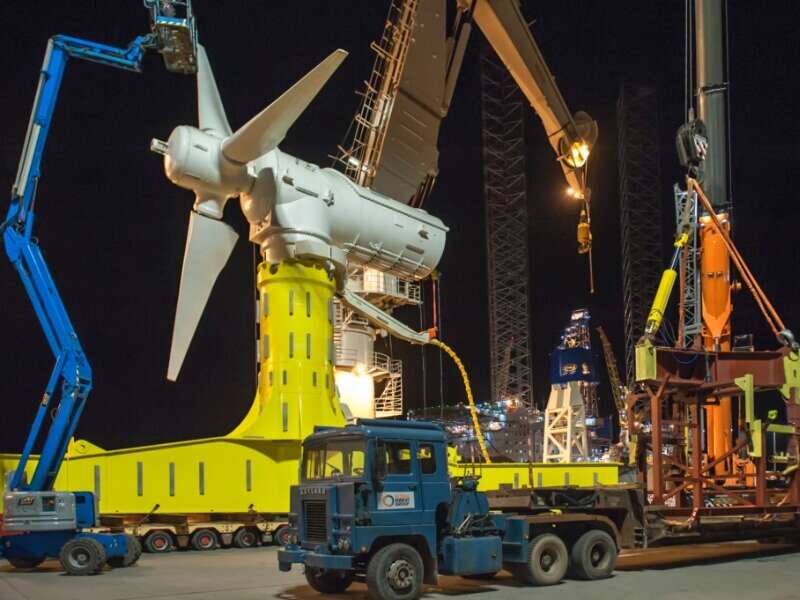
A tidal-stream away is used to export energy to power homes.(Source:SIMEC Atlantis Energy)
Dielectric Elastomer Generator
Engineers from the University of Trento (Bologna) and the University of Edinburgh have designed a new wave energy device that can be incorporated into existing ocean energy systems and could power thousands of homes. The device is known as a Dielectric Elastomer Generator and uses flexible rubber membranes affixed to the top of vertical tubes. When dropped into the sea, the tubes fill with water, which rises and falls with the wave motions.
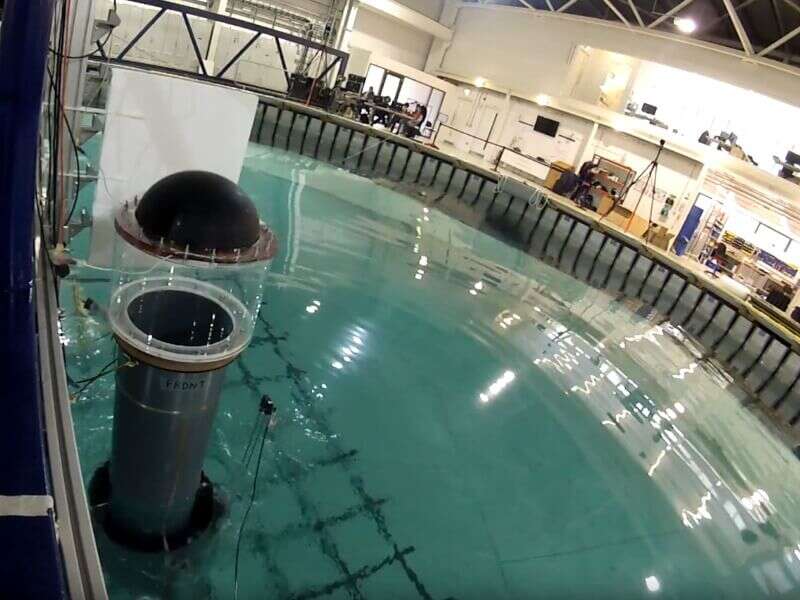
A new wave energy device that could power thousands of homes. (Source: University of Trento)
When the waves pass over the tube, the water inside condenses trapped air that inflates and deflates a generator at the top of the device, which produces a voltage as it expands, and amplifies that voltage when it collapses. Engineers from the University of Edinburgh state that simulations show that a scaled-up device could generate the equivalent of 500 kW, or enough energy for about 100 homes.
Companies have been looking to harness the untapped energy of the oceans for generations, continuously looking to adopt the latest technologies to reign in their power. The most recent implementations include floats, pitching devices, underwater turbines, oscillating water columns, wave-surge devices, attenuators, and more. Most of those are in the testing stages, a few have been scaled to size, and others (sadly) have gone by the wayside. While it may seem like harvesting energy from the ocean is a terminal endeavor, more startups, academic institutions and corporations see a surge in an untapped market just waiting to be utilized, and we will see an upsurge in its investment.
Cabe Atwell is an electrical engineer living in the Chicago area.
Subscribe to Newsletter
Test Qr code text s ss


